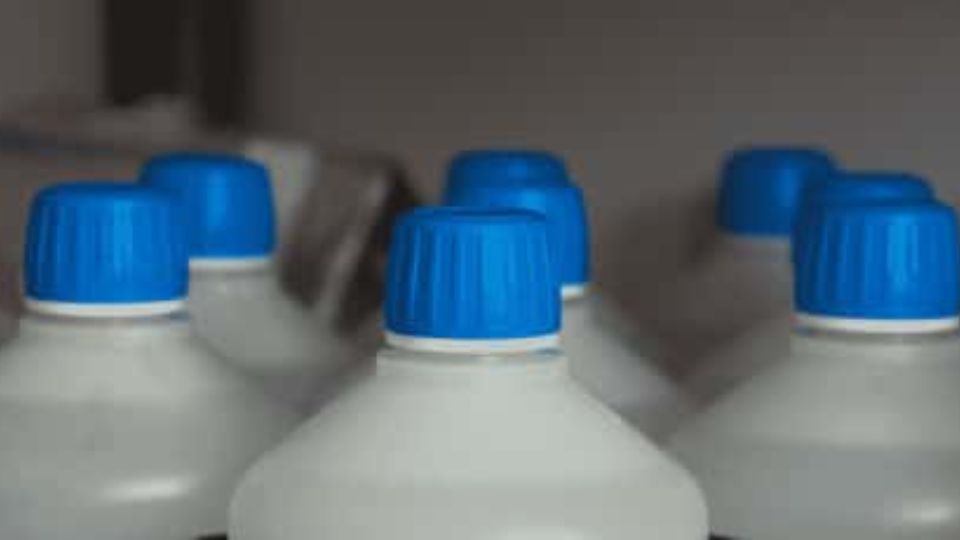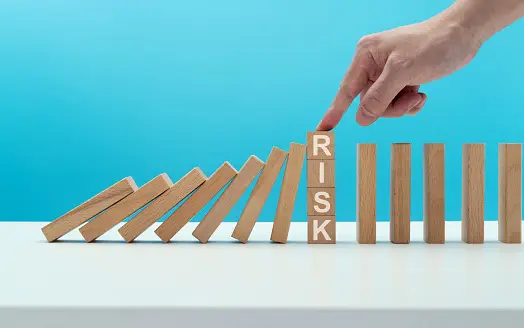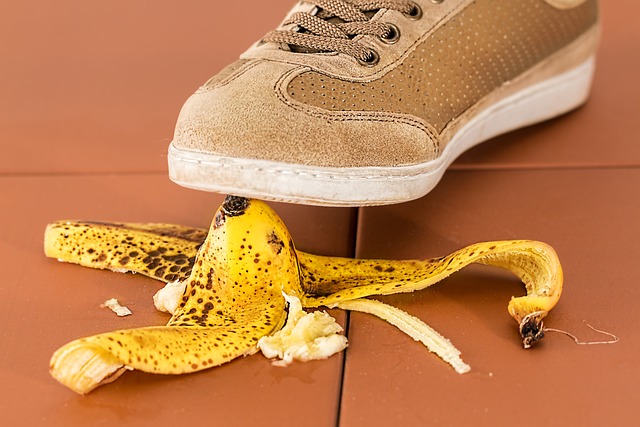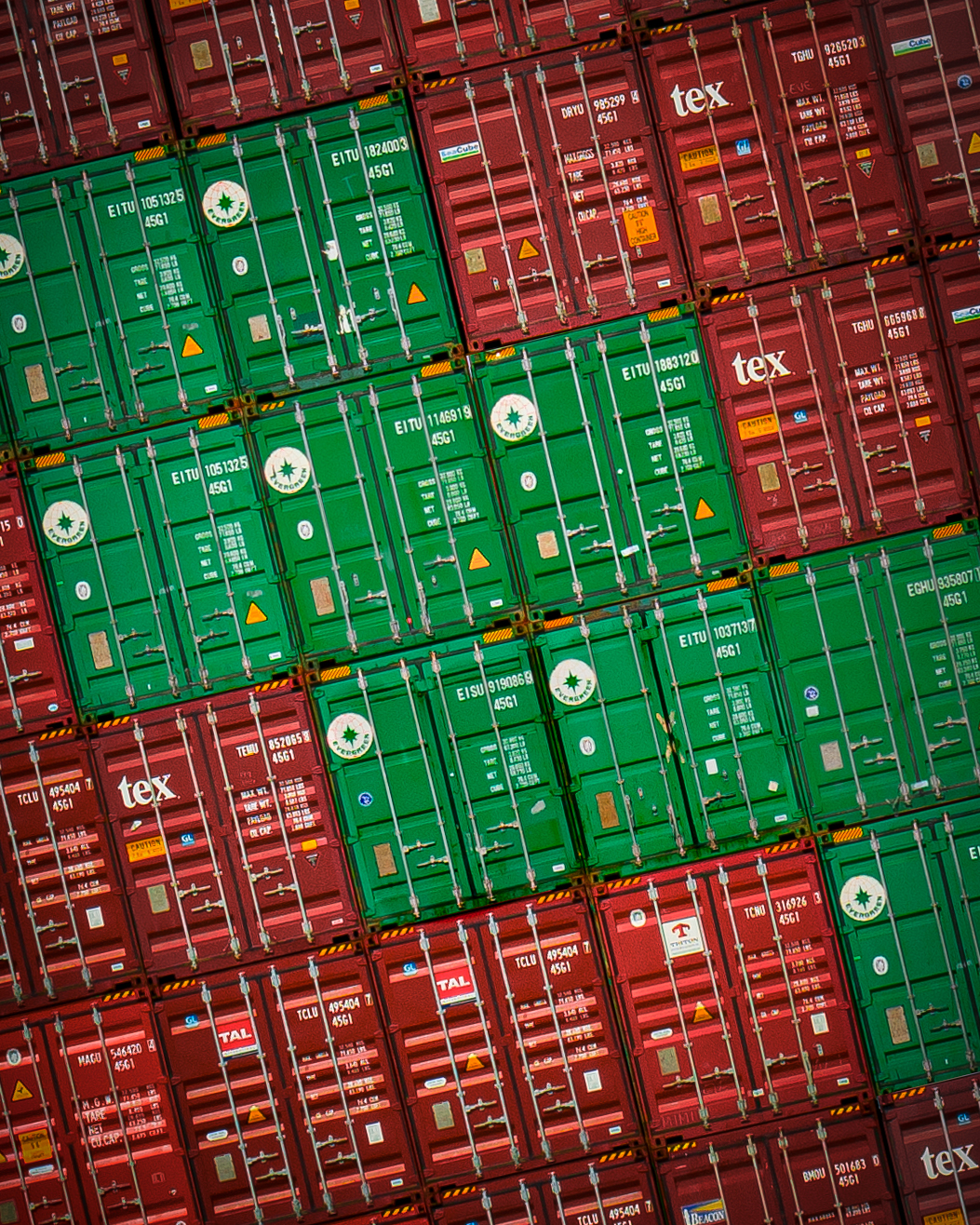Cleaning Processes in the Pharma and Medical Industries
Cleaning processes that are developed and used in the pharmaceutical, medical, cosmetic, and food industries must be both effective and proven, while at the same time not endangering the patient or the operator.
Cleaning processes are considered to have an impact on patient safety and product quality, and as such, are required by health and food authorities to undergo a defined validation process to meet strict, predefined criteria.
To choose the appropriate cleaning material, it is critical to minimize risks, address possible contamination and cross-contamination, and achieve operational efficiency and lower costs.
When Choosing Cleaning Materials, There Are Several Important things to be considered
-
- Effectiveness – Ensure success by achieving a good level of cleanliness in the final cleaning stage and ensure that the actual cleaning process itself is not overly burdensome.
- Work safety – Make sure that all employees who clean tools and equipment are not exposed to any safety risk and that the cleaning agent does not come into make contact with the skin, or eyes, or is inhaled. Also, be aware of chemical reactions with other substances.
- Patient Safety – Take into account that there is a theoretical chance that the cleaning material residuals may not be adequately washed off and consequently could appear in the final product. Cleaning products usually have a high level of toxicity, and any residual material that may remain in the product potentially endangers the user.
- Availability – The material should be available from at least one distributor in the appropriate location. The distributor must be reliable and recognized as such at a business level so that there are no situations whereby the cleaning material cannot be provided on time or is at an inadequate level of quality level.
- Price – Cleaning agents can be pretty costly. If you know how to choose the correct detergent for the type of product, or for the contaminants you want to remove, then you will save money, not by choosing necessarily the most expensive, but the material that cleans the best.
- Concentration – The concentration of the cleaning agent should be as low as possible for two reasons; 1. the price and 2. the toxicity level. Working with high concentrations of cleaning agents increases the chances that you will not be able to “get rid of it” during the cleaning process, or that you will need to use many rinses with “expensive water,” which also increases cleaning costs and cleaning process times.
- Corrosion – Ensure that a detergent does not cause damage (short-term or long-term) to the surface of the equipment. Materials used for equipment comprise stainless steel surfaces, titanium, faucets, seals, etc., all of which can easily corrode or rust.
- Disinfection – Decide if the substance should be one that disinfects effectively, or just cleans.
- Spores – Determine if you need an agent that kills spores (sporicide).
- Analytical tests – Besides the ability to identify contaminants and residues of active materials, the analytical laboratory should develop methods for identifying cleaning agent residues in or on the products.
- Interaction with product residues – Make sure that the detergent does not chemically react with product residuals and does not create new compounds or decompose or degrade the materials that you need.
- Foam – If the cleaning material you choose creates a lot of foam, you should avoid using it as much as possible. The residue the foam leaves behind can be problematic.
- Shelf Life – Make sure that the chosen cleaning agent has a long shelf life. This helps to keep down costs and facilitates product stability.
- Temperature – The main rule of thumb is that the higher the temperature of the cleaning process, the greater the efficiency of the cleaning process. Make sure that the detergent is also effective at room temperature and does not require heating or additional utilities, cost, or time. Also, make sure the boiling point of the detergent is not too low, because if you add a heating process to the cleaning stage, there is a risk that the product will evaporate and could potentially cause a safety issue for the operator or those in the vicinity.
- Environment – Make sure that all cleaning materials can be disposed of via the regular drainage system and that it does not require anything special for disposal. In the worst-case scenario, you should be willing to compromise on material that has been diluted before dumping into the drain.
- Mechanical cleaning operations – For safety and efficiency reasons, you should choose a detergent that works well when soaking and does not require scrubbing.








